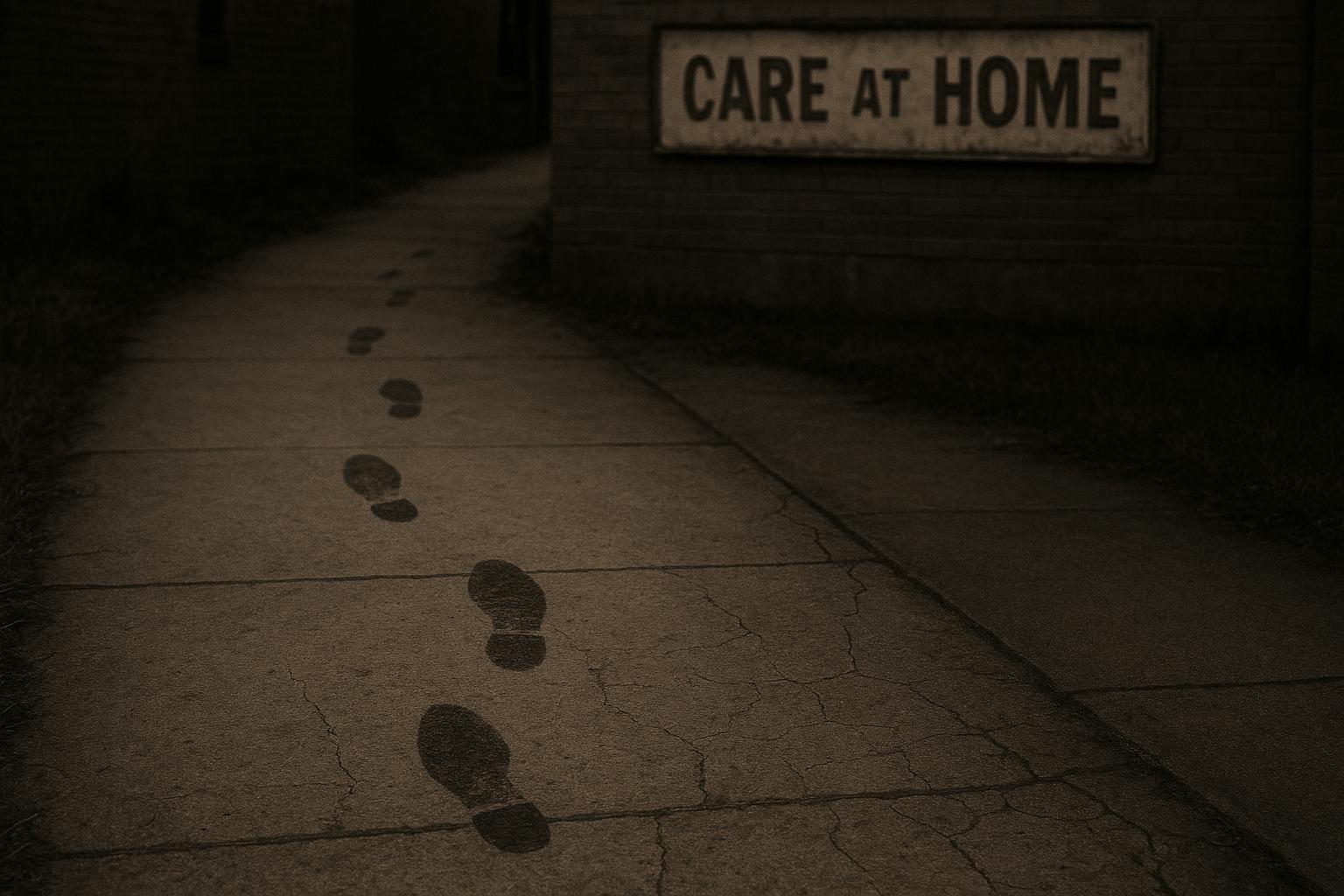The Association of Ambulance Chief Executives (AACE), in collaboration with the British Geriatrics Society (BGS), has launched a new national Falls Governance Framework aimed at improving care for older people at risk of falls, enhancing community response, and reducing avoidable hospital admissions. Unveiled in alignment with the UK’s Falls Prevention Awareness Week, which runs from 15–19 September 2025, the framework seeks to provide a structured, coordinated approach for ambulance services and system partners to manage falls more effectively within community settings.
Falls remain one of the prevalent causes triggering 999 calls and are a significant source of injury, hospitalisation, and loss of independence among older adults. Anna Parry, Managing Director of AACE, emphasised that the framework supports ambulance services and Integrated Care Systems in delivering timely, compassionate, and clinically safe care, ultimately improving patient outcomes while reducing unnecessary admissions. The initiative aligns closely with the NHS Long Term Plan’s ambition to transition care from hospital to home, embracing digital innovation and proactive prevention rather than reactive treatment.
The framework, developed with contributions from clinical leads across all UK ambulance services and endorsed by the BGS, reflects NHS England’s Urgent and Emergency Care Plan for 2025/26. It sets out practical guidance to help ambulance trusts, commissioners, and community providers deliver responsive, evidence-based care, integrating falls prevention and frailty services across neighbourhood teams. The framework promotes the use of remote assessment and digital triage when appropriate, facilitates safe decisions to avoid unnecessary conveyance to emergency departments, and strengthens wraparound community care. It additionally supports proactive care planning to reduce harm and foster independence among older adults.
Professor Jugdeep Dhesi, President of the British Geriatrics Society, highlighted the framework as a crucial advancement in embedding frailty-aware, multidisciplinary responses to falls. He noted the complexity of falls and the necessity for seamless collaboration across ambulance services, primary care, community, and voluntary sectors. With the UK’s ageing population, he stressed the urgent need to prevent avoidable harm and ensure older people can live well at home.
The economic and human cost of falls to the NHS is substantial, exceeding £2.3 billion annually, with the majority of costs arising from social care and community settings. Statistically, one in three individuals over 65 and half of those over 80 experience a fall each year. Among older adults admitted with major trauma, low-level falls are the leading cause of serious injury, often resulting in hip fractures, brain injuries, and long-term disabilities. Despite falls accounting for up to 10% of 999 calls to ambulance services, existing triage systems and fragmented referral pathways frequently limit timely, coordinated care delivery.
The framework delineates five key domains essential for safer and more effective falls management: prevention, community resilience, assessment and remote care, coordinated urgent care response, and reducing recurrence through comprehensive risk assessments and care planning. AACE and BGS urge commissioners, providers, and local authorities to adopt the framework collaboratively, emphasising that enhanced interoperability, clarified roles, and shared clinical governance are critical to alleviating the impact of falls and improving life quality for vulnerable older adults.
This framework complements broader NHS initiatives aimed at transforming urgent and emergency care services. In June 2025, NHS England announced a £450 million investment package that will bolster emergency care through the deployment of nearly 500 new ambulances by March 2026 and the establishment of Same Day Emergency Care and Urgent Treatment Centres designed to treat and discharge patients rapidly within communities. This wider investment is part of a strategic drive to shift care away from hospitals, reducing pressure on emergency departments and improving patient experience through community-based care.
NHS England’s Urgent and Emergency Care Plan for 2025/26 further supports this shift, targeting improved ambulance response times, reduced A&E waiting, and faster hospital discharges. The plan extends neighbourhood health services, enhances access to urgent care at home and in communities, and champions digital solutions to streamline care pathways. NHS 2025/26 Priorities and Operational Planning Guidance underscores similar themes, advocating for reduced avoidable ambulance dispatches, better urgent community responses, and minimised ambulance handover delays.
The Royal College of Physicians has expressed support for the urgent care plan’s focus on proactive, risk-based community care and tackling delays in emergency departments, highlighting the critical role of comprehensive geriatric assessment for patients with frailty. Meanwhile, expert analyses, such as from the London Consultants Group International, stress the necessity of systemic redesigns like Integrated Urgent-Care Command Centres and GP-led rapid discharge teams to address hospital corridor congestion and sustain community flow.
Together, these strategies reflect a concerted effort to modernise emergency and urgent care delivery, prioritising integrated, patient-centred pathways that accommodate the complex needs of older adults, particularly those at risk of falls. The new Falls Governance Framework represents a vital piece in this broader transformation, aiming to reduce harm, enhance independence, and ensure older people receive the right care, in the right place, at the right time.
📌 Reference Map:
- Paragraph 1 – [1]
- Paragraph 2 – [1]
- Paragraph 3 – [1]
- Paragraph 4 – [1]
- Paragraph 5 – [1]
- Paragraph 6 – [1], [2]
- Paragraph 7 – [3], [4]
- Paragraph 8 – [6], [7]
Source: Noah Wire Services
